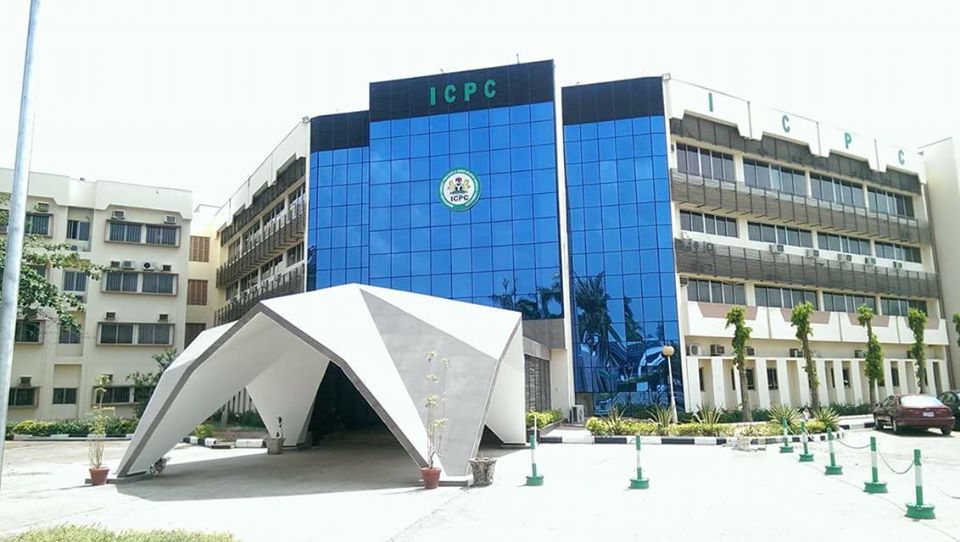The book “Curbing Corruption Toward a Model for Building National Integrity” is a timely book and a must read in our bid to minimizing drastically the effect of this menace called corruption in our society. Rick Stapenhurst in this book says: Corruption is, in its simplest terms, the abuse of power, most often for personal gain or for the benefit of a group to which one owes allegiance. It can be motivated by greed, by the desire to retain or increase one’s power, or, perversely enough, by the belief in a supposed greater good. And while the term “corruption” is most often applied to abuse of public power by politicians or civil servants, it describes a pattern of behaviour that can be found in virtually every sphere of life.
A review of the popular press points to one clear and overwhelming conclusion: corruption is a pervasive phenomenon that can be found in countries of widely varying ideology, economic conditions, and social development. Although some societies may be more vulnerable than others and may suffer more devastating effects, no country in the world today is immune from corruption’s corrosive influence.
Corruption in public life typically occurs in a few key arenas, regardless of a country’s political structure or level of social and economic development. In general, malfeasance is most likely to occur where the public and private sectors (broadly defined) meet, and especially where there is a direct responsibility for the provision of a desired service or the application of specific regulations or levies. This includes, for example, public procurement and contracting, licensing activities such as the granting of import or export permits, the rezoning of land, and the collection of revenue, whether through taxation or customs duties.
Clearly, corrupt activities, when practiced on a large enough scale, can significantly harm the social, political, and economic life of any society. Indeed, corruption is damaging if only for the simple reason that it distorts choice. In the public realm, decisions that should be made for the social good, with due regard to the norms of the public sector efficiency and sound governance, are instead based on considerations of private gain, with little attention paid to the effects on the wider community. Corrupted decision-making distorts the public expenditure process, leading to the funding of inappropriate mega projects. In effect, public decision-making is sold to the highest, best-connected bidder thereby diverting public funds from more efficient uses and reducing the resources available for legitimate and more productive public use.
Experience demonstrates that no single approach to curbing corruption is likely to be effective. Instead, success involves a wide range of strategies, working together as much as possible in an integrated fashion. In general, these strategies must include measures that reduce the opportunity for – and benefits of –corruption, increase the likelihood that it will be detected, and make punishment of transgressors more likely.
N:B – You can borrow the hard copy of this book from the Library Unit.
From ICPC LIB
Lucky Nwosu


